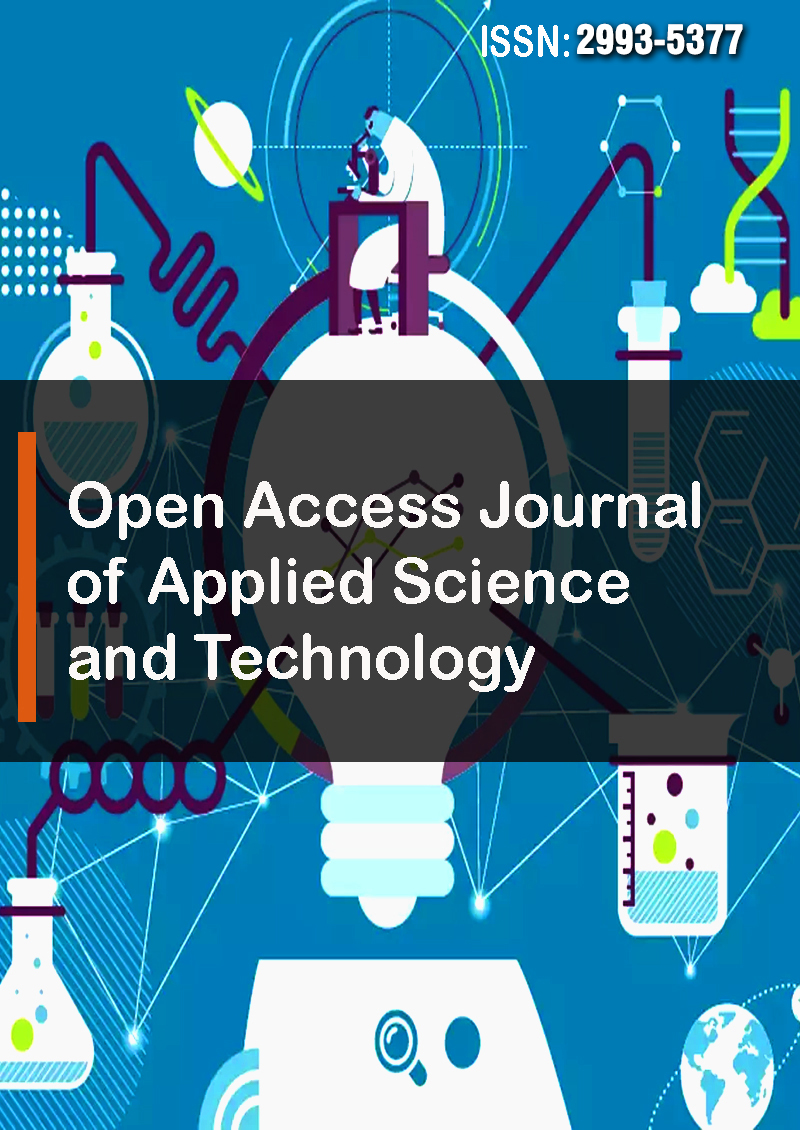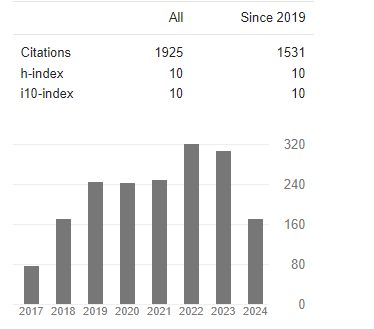Transcriptomic Insights into the Antitumor Mechanism of Bufalin in Hepatocellular Carcinoma Cell HepG2
Abstract
Qinghang Song, Huhu Zhang, Ya Li and Lina Yang
Aim: Bufalin, a cardiotonic steroid derived from Chinese toad venom, exhibits anticancer effects against a variety of malignancies. However, its mechanism of action in human liver cancer remains elusive. This study aimed to elucidate the molecular underpinnings of bufalin's antitumor activity in HepG2 hepatocellular carcinoma (HCC) cells in vitro.
Methods: HepG2 cells were exposed to 40nM bufalin or 0nM bufalin as a control, and their transcriptomes were compared using RNA sequencing. Differentially expressed genes (DEGs) were identified and annotated, and enriched pathways were analyzed using Gene ontology, Kyoto Encyclopedia of Genes, Gene set enrichment analysis, and Genomes databases.
Results: RNA sequencing revealed 771 DEGs, comprising 362 upregulated and 409 downregulated genes. These DEGs were involved in 78 classical pathways, including 18 closely associated with cancer, such as central carbon metabolism in cancer, cell cycle, DNA replication, fatty acid metabolism, ferroptosis, and so forth. Eleven DEGs (Acyl-CoA oxidase 2 et al.) closely associated with HCC were validated by quantitative real-time reverse transcription-polymerase chain reaction, confirming their differential expressions in response to bufalin treatment.
Conclusions: This study demonstrated that bufalin modulates the expression of genes and pathways implicated in various aspects of HCC pathogenesis and progression, such as energy metabolism, cell proliferation, DNA replication, lipid oxidation, and cell death. These findings suggest that bufalin may exert its antitumor effect on HCC cells by targeting multiple molecular mechanisms, and provide potential targets for bufalin-based HCC therapy.




